
Restructuring Global Geoeconomics
The U.S.–China trade war, initiated in 2018, has triggered a wave of supply chain shifts out of China. The U.S. imposed tariffs on over $550 billion worth of Chinese goods, and China responded in kind. This has forced multinational corporations like Apple, Samsung, and Nike to diversify their suppliers and production sites—a strategy now known as "China+1."
Amid this shift, ASEAN countries, with a combined population of nearly 700 million and a GDP exceeding $3.9 trillion (as of 2023), have been identified as strategic alternatives. However, ASEAN faces several challenges: regulatory inconsistencies, uneven logistics infrastructure, and intra-regional competition for foreign direct investment (FDI), which could dilute cooperation effectiveness.
From “Alternative Factory” to Global Supply Chain Hub
According to the 2024 UNCTAD report, ASEAN attracted over $230 billion in FDI, accounting for more than 17% of global inflows—the highest in its history. Vietnam, Indonesia, Thailand, and Malaysia, in particular, are becoming prime destinations for technology and manufacturing investors.
Furthermore, free trade agreements such as the RCEP (Regional Comprehensive Economic Partnership) and CPTPP open up vast export opportunities, enabling ASEAN to produce not only for internal consumption but also to access major global markets.
Yet, to fully seize this opportunity, ASEAN must transition from a “low-cost factory” to a “high-value supply chain” model, focusing on technology, environmental standards, and sustainability—key tenets of the "Made in ASEAN" strategy.
“Made in ASEAN”: Rebuilding on a Foundation of Regional Integration
1. Restructuring the Regional Value Chain (RVC)
Instead of competing, ASEAN countries should allocate roles based on comparative advantage:
- Vietnam: Electronics and software hub
- Thailand: Automotive and food manufacturing
- Malaysia: Semiconductors and electronic components
- Indonesia: Raw materials, batteries, and energy
- Philippines: BPO and technical services
Establishing cross-border industrial clusters, such as “ASEAN Smart Industrial Hubs,” will help optimize the supply chain.
2. Harmonizing Standards and Branding
Standardizing technical norms, implementing electronic certificates of origin (e-C/O), and affixing the "Made in ASEAN" label based on intra-regional value (≥ 40%) are crucial steps to enhancing brand credibility.
3. Infrastructure and Logistics Investment
According to McKinsey (2023), ASEAN will require over $60 billion to upgrade its logistics infrastructure to remain competitive with China and India. Key seaports such as Cai Mep (Vietnam), Laem Chabang (Thailand), and Tanjung Pelepas (Malaysia) must be interconnected via transnational railways and expressways.
4. Supply Chain Digitalization
Technologies like blockchain, AI, and IoT can enhance traceability, reduce fraud, and boost transparency. A proposed ASEAN SCM digital platform could enable SMEs to integrate into regional supply chains more effectively.

A Steady March Toward 2030
Phase 1 (2025–2026):
- Establish the ASEAN Supply Chain Coordination Committee
- Standardize technical criteria and regional branding
- Attract FDI tied to technology transfer requirements
Phase 2 (2027–2030):
- Operate cross-border RVC production clusters
- Advance digitalization and integrate ESG (Environmental, Social, Governance) principles
- Increase domestic value-added in exports to ≥ 50%
“ASEAN must deepen its economic integration and enhance its agility to address multifaceted challenges. Carrying on with business as usual will not suffice for this highly dynamic economic region.”
— Excerpt from ASEAN's 2025 Strategic Plan

ASEAN – An Irreplaceable Choice for Future Supply Chains
The “Made in ASEAN” strategy represents a pivotal shift, redefining the region’s global role as supply chains are realigned. However, success will not stem from natural advantages alone, but from strategic integration, digital transformation, and stronger internal capacity.
In a world where globalization is increasingly politicized, the ability to maintain a balance between global powers will be critical.
This is not merely an economic story—it is a test of ASEAN’s political maturity, strategic foresight, and its evolution into a truly autonomous and sustainable economic community.


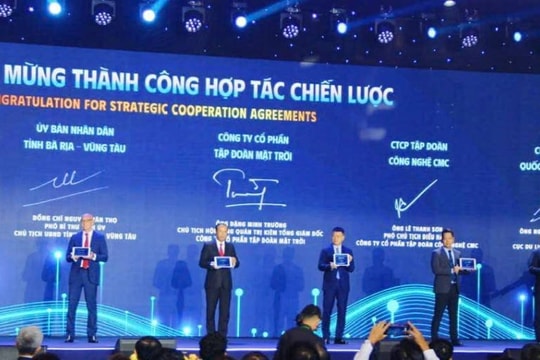
.jpg)



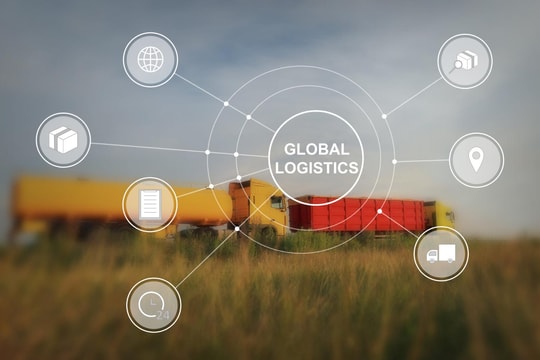
.jpg)
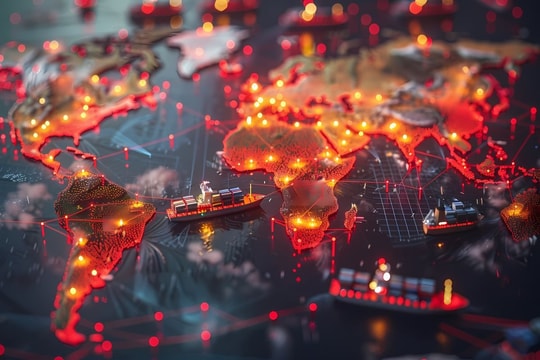
.jpg)

.png)
.png)
.png)


.png)
.png)


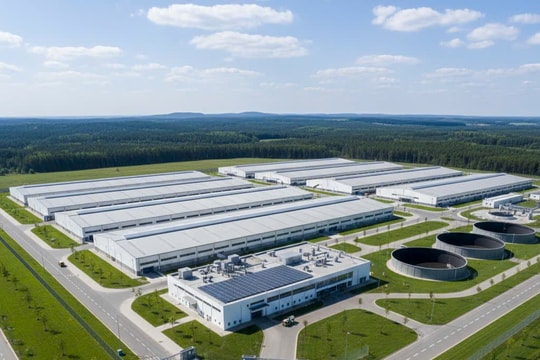
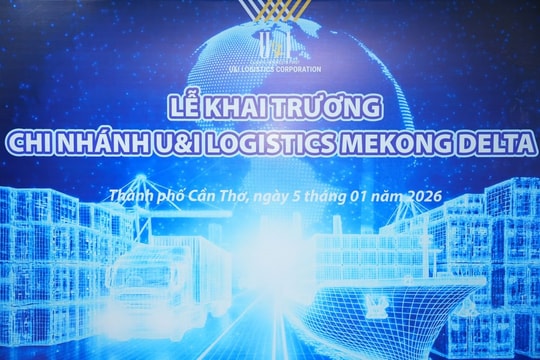

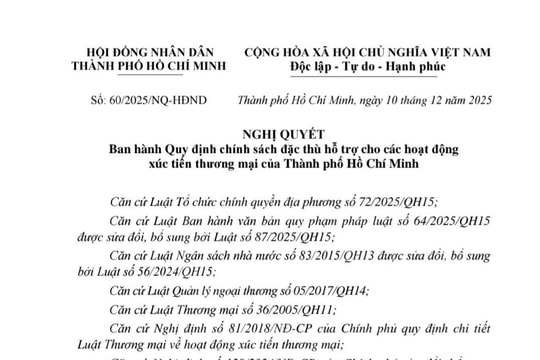
.png)

